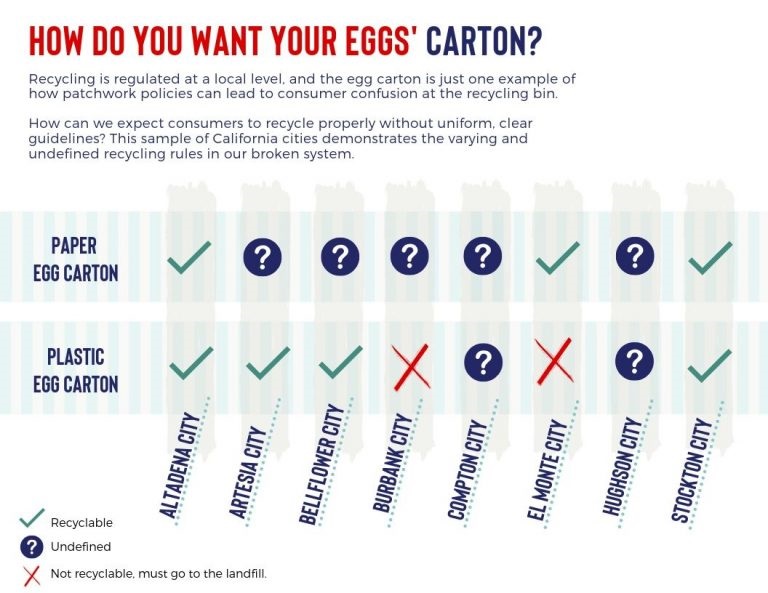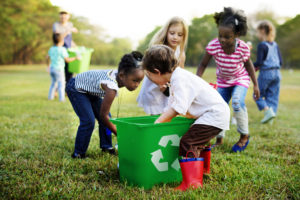California is currently considering a pair of bills aimed at reducing waste and increasing recycling. The intent is commendable. But we can’t afford to assume intentions will yield results.
This legislation could be a watershed moment for packaging sustainability. While a national, uniform standard would be best for consumers, what California does now could have national implications. Delivering on that potential will require a smart, collective approach that seriously considers the broken recycling system. Unfortunately, that’s not what is happening now.
Single-use plastics that end up littering oceans and rivers are unquestionably a problem. Nearly nine out of ten (87%) of Californians say they are concerned about single-use packaging. The consumer packaged goods (CPG) industry is as well. We are invested in reducing waste and creating smarter packaging. We recognize it is our challenge and responsibility to translate the drive for sustainability into practical solutions that get people the products they need. One of the best ways to do that is through recyclable packaging, and the legislations’ recyclability target is the same as what 80% of the largest CPG companies have already set for themselves to achieve fully recyclable packaging.
But recyclable packaging only works if the recycling system does – and today, it doesn’t. It’s a patchwork of rules unique to the more than four hundred local programs across California. What’s worse, as the economics of recycling have become more challenging, counties and towns across the country have reduced their list of acceptable items, often no longer taking commonly recycled items like glass, or shuttered entirely. In California, 34% of residents reported similar changes to their local curbside program and 40% of the state’s beverage container drop-off centers have closed in the last five years.
Not acknowledging the broken recycling system will lead to this legislation’s failure. Provisions like identifying if packaging is recyclable on the label are quite literally impossible to comply with because what is allowed in one town is different the next town over.

The legislation calls for a 75% single-use plastic packaging recycling rate by 2030 – an admirable goal, particularly considering the national rate for plastic recycling is just nine percent. The CPG industry would like to see this goal achieved. The majority (70%) of Californians support it in theory. But despite this widespread approval, 83% agree that the goal can’t be met without a functioning recycling system.
We can only assume the legislators behind these bills want to make the greatest impact for the environment. To do that, we should double-down on what works – and recycling works. It is an innate behavior for the overwhelming majority that can have a massive impact if we fix the system itself. Ninety-three percent of Californians say they are likely to recycle while only 61% say they are likely to create a compost pile and just 53% said they’d trade their car for walking or public transportation. Recycling’s power is in its scale and if we’re going to be serious about sustainability, we can’t afford to limp along like we’re doing now.
California has a chance to lead the country in creating the archetype for packaging sustainability legislation. However, these bills are designed to fail upon implementation because they do not solve the underlying problem and, worse, will fail at creating the lasting change we need. Let’s take the time to get this legislation right, not just get it passed.
Further reading:
Article: California Can Lead on Packaging Sustainability… But Will It?
Press Release: Californians Concede Limitations of Proposed Recycling Legislation, Agree System is Broken





